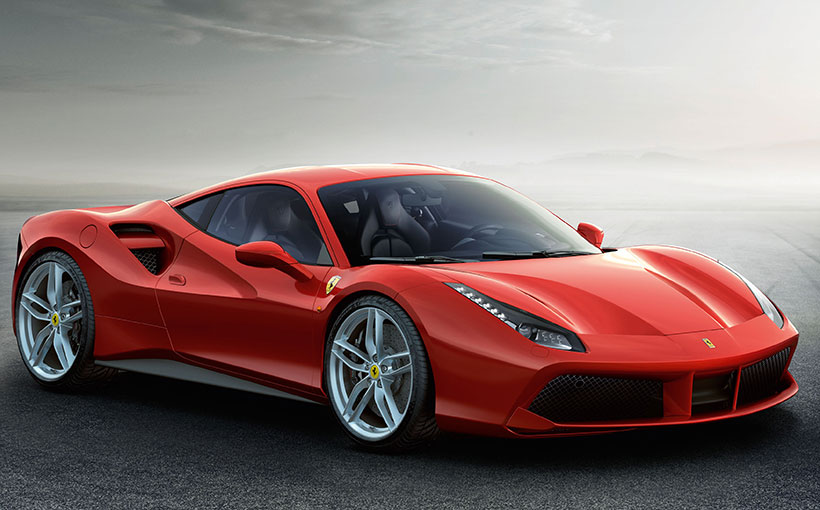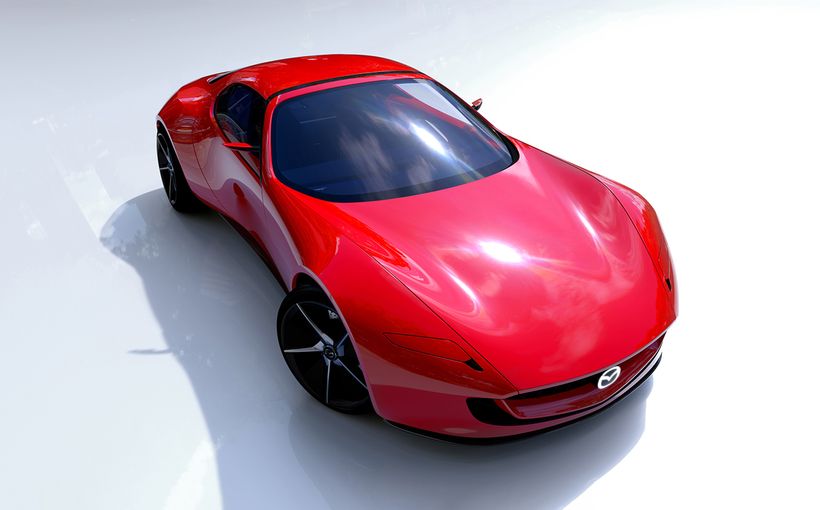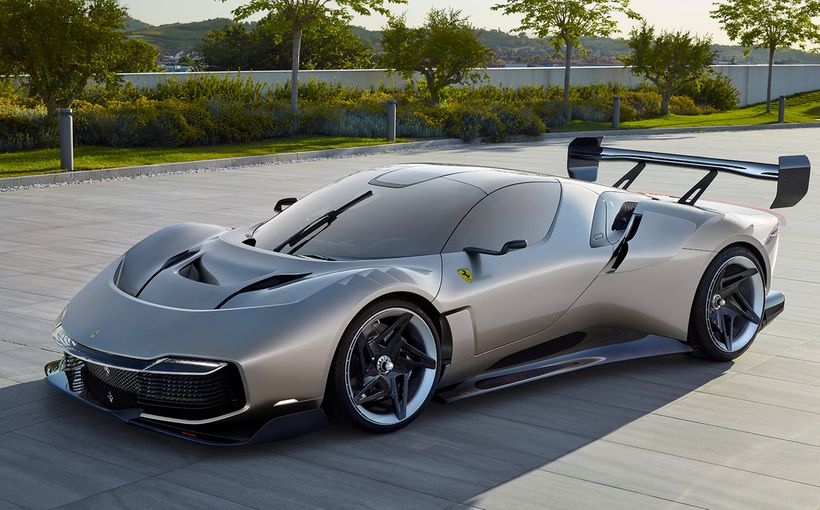Does the 488 GTB mark the end of natural aspiration for Ferrari?
TURBOCHARGERS used to be a bit of a dirty word in the motoring world.
In their formative years the engines they boosted used more fuel, broke more often and were harder to drive than their naturally aspirated cousins, but that didn’t stop most manufacturers having a go all the same.
Ferrari was one car-maker to get on the blower band wagon and in 1987 a brace of turbos helped push its F40 faster than any road car before it, but after production of the bantamweight berlinetta (coupe) ended, the Prancing Horse wouldn’t revisit forced induction for another 22 years.
When the 2014 Ferrari California arrived its nameplate had gained a T, indicating the 3.9-litre V8 under its bonnet had spawned a pair of turbos increasing power despite the reduction in capacity, but critically, its fuel consumption and CO2 emissions had been slashed.
And 40 years since Ferrari’s first mid-engined V8 coupe, the 308 GTB, we have this, the twin turbocharged 488 GTB.

Its 90-degree V8 engine has shrunk by 0.6-litres compared to the 458 Italia which it replaces, but the IHI turbos push power up to a blistering 492kW – 73kW more than the normally aspirated V8 and 80kW more than the closely related California T engine.
Combined with lightweight construction and a 1370kg dry weight, Ferrari’s latest midship monster accelerates to 100km/h in just 3.0-seconds and through the 200km/h mark in a race car-like 8.3 seconds. With a long enough road, brave 488 GTB pilots can exceed 330km/h.

Like the California T, torque output is limited according to which of its seven gears is selected, and the full might of its 760Nm is only unleashed in the higher cogs for smoother power delivery and a feeling of relentless acceleration.
With any car that can smash the magic 300km/h mark, aerodynamics play a huge part in vehicle design and the 488 is no exception, with more than 50 per cent more downforce than the 458 and yet significantly lower drag.

Its double front spoiler, base-bleed side air intakes, active rear spoiler and vortex-generating underbody all help to keep the Ferrari on the track while its speed goes skywards.
The latest evolution of Ferrari’s Side Slip Control 2 stability system also helps keep everything pointing in the right direction when at speed, controlling the 488’s E-Diff and active dampers with “less invasive” operation.

Pricing is yet to be announced but expect the 488 GTB to start about the half-a-million mark when it goes on sale following its Geneva show debut.
The Italian car-maker says that with the latest turbo technology and engine management systems, the dreaded lag associated with turbo engines has all but been eliminated, while the resulting improvement to volumetric and thermal efficiency has cut fuel consumption to 11.4 litres per 100km and emissions to 260g/km.

Despite the more environmentally friendly engine the 488 GTB still managed the potency to lap Ferrari’s Fiorano test track in a lively one minute and 23 seconds.
So its clear the new donk speaks the super car language in figures, but with a lower rev limit of 8000 rpm and a pair of turbines obstructing the exhaust system all ears will be on the new machine.

Of course Ferrari claims the return to turbos doesn't compromise any aspect of its 488 noise. “Ferrari’s engineers have dedicated great attention to perfecting the 488 GTB’s sound, creating a new soundtrack that is full, clear and totally distinctive, as expected from any Prancing Horse engine,” it said.
But remember that when selecting an engine for its monumental F1, McLaren deliberately avoided turbocharging for a purist sound.

And after BMW recently adopted forced induction for its M5 super sedan, the glorious and demonic V10 shout was replaced by a more muted turbo tune.
In a world of ever tightening emissions regulations, turbocharging offers a solution, but will it be at the cost of Ferrari’s classic high-revving engines and their unmistakable howl? And is the visceral V12 next in line?
Daniel Gardner GoAuto.com.au
Protect your Ferrari. Call Shannons Insurance on 13 46 46 to get a quote today.









